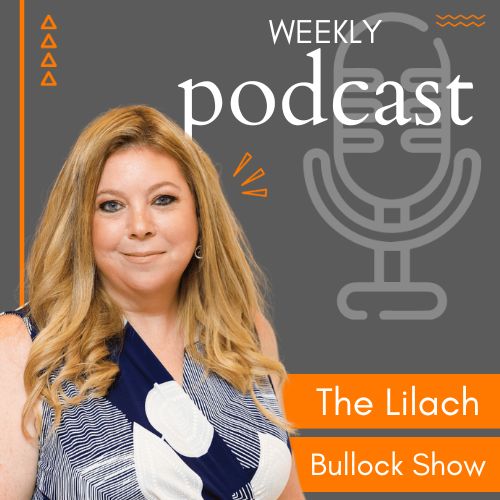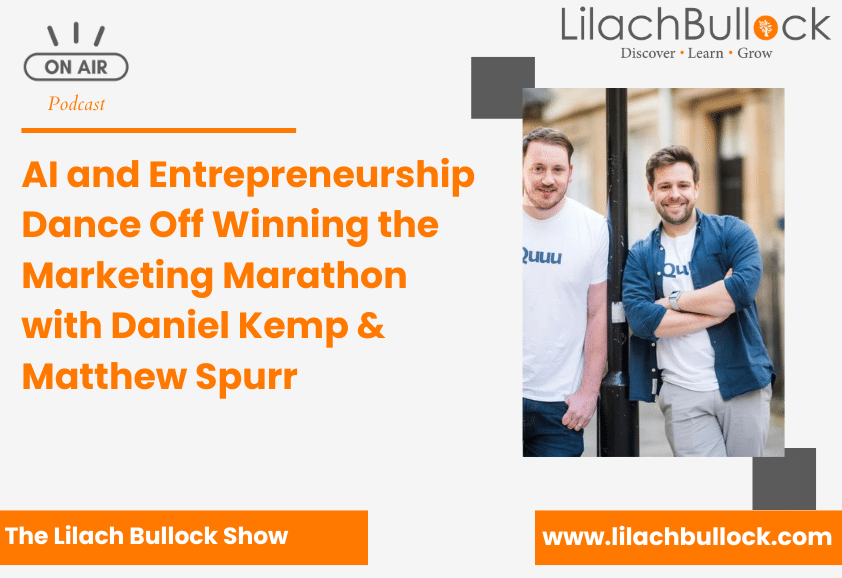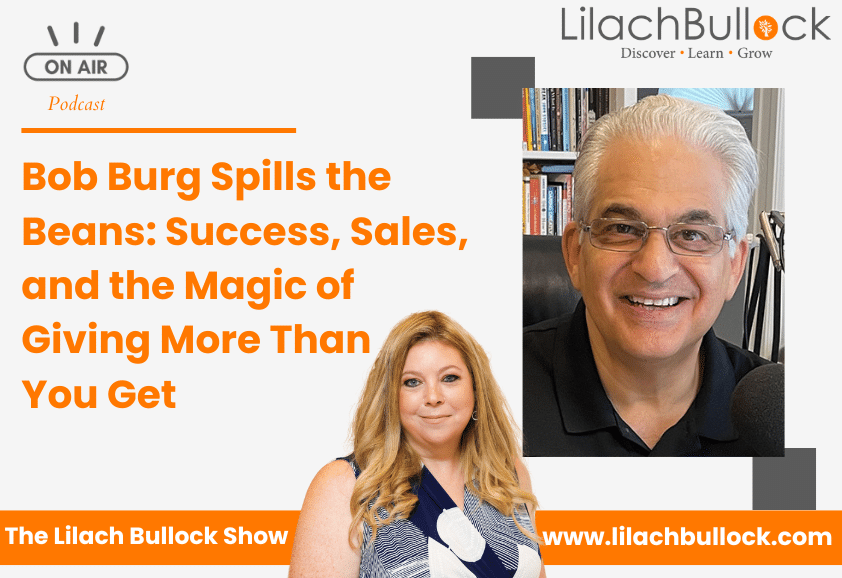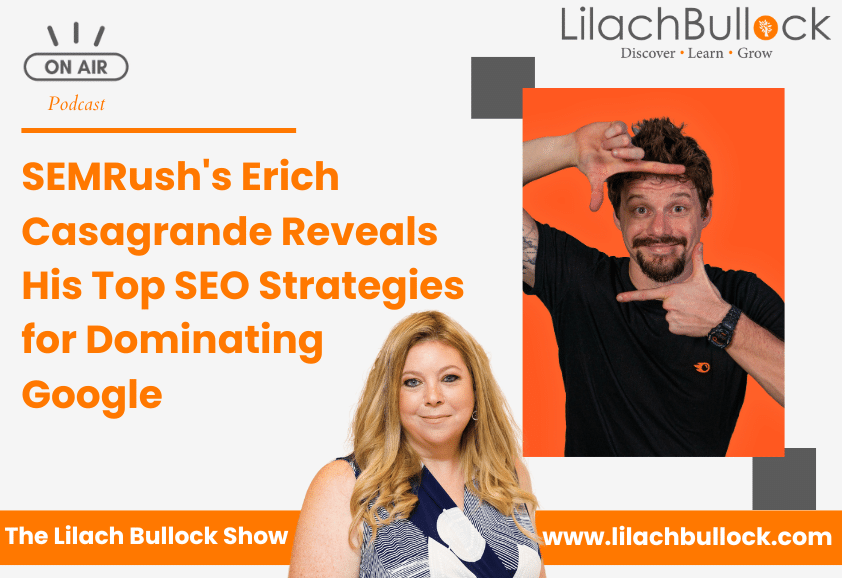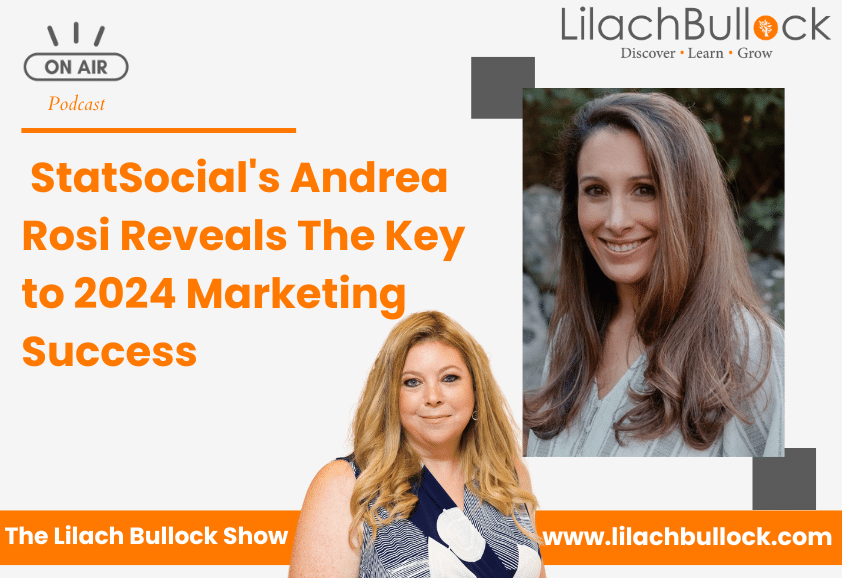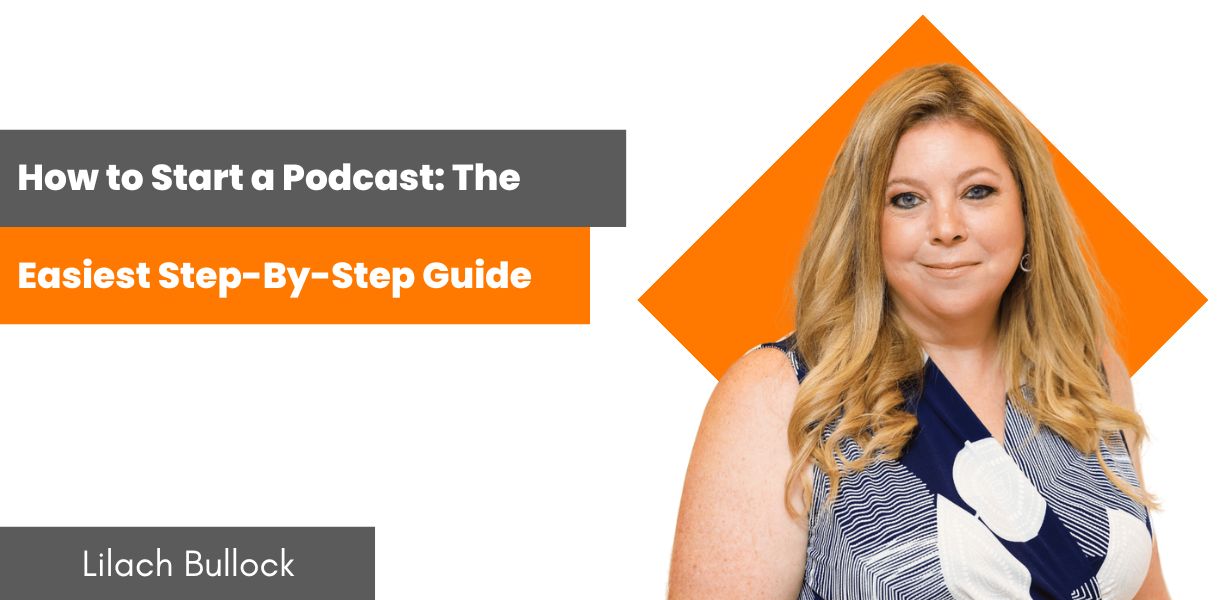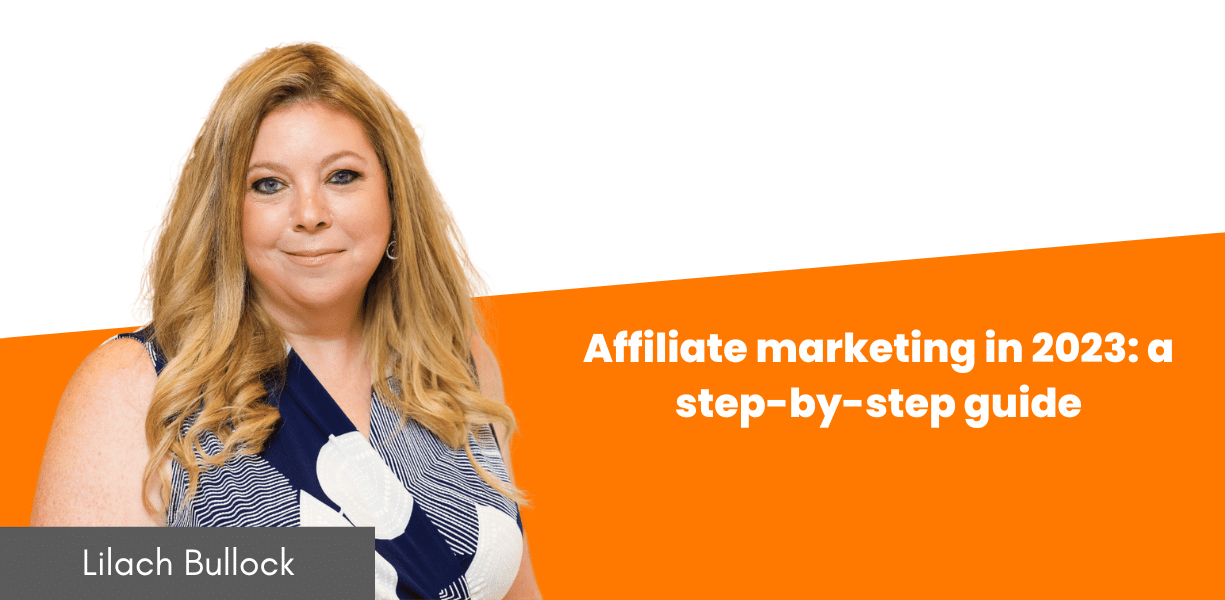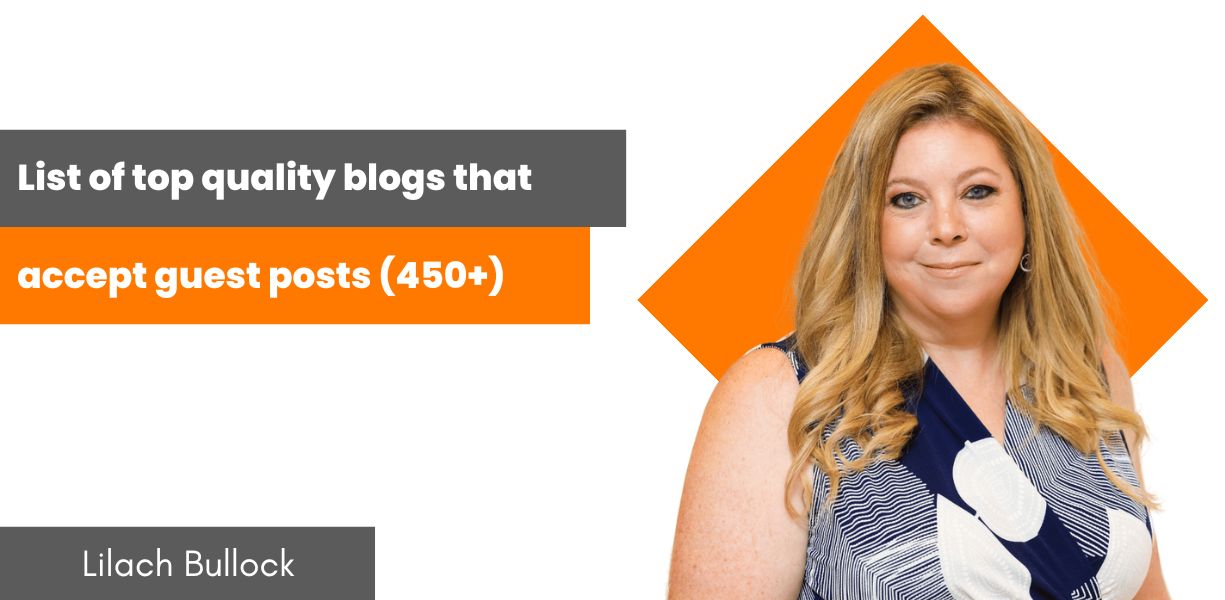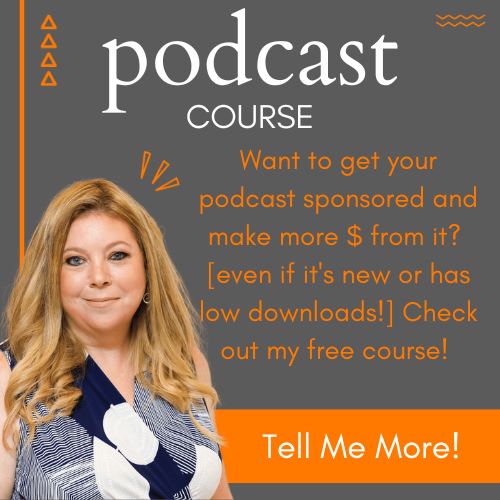Follow Lilach
How to launch a successful blog in 2022
In this blog post I’ll share tips and strategies on how to start a blog as well as launch a blog. How to write good content and how to go live with your blog. We’ll also look at content marketing strategies you can use. You don’t need to write dozens of blog posts, and all you need to begin with, is:
- A powerful opt-in: offer your potential subscribers (and leads) a piece of content that provides real value – also known as a lead magnet – to build up your email list (as an example, the very email course you’re reading right now)
- 4 staple pieces of content: 4 long how-to guides or listicles targeting keywords with very high search volumes
Then, once you have this content (if you need to you can hire a content writer), you’ll be ready to take your blog live and start making money!
Step 1: Create your blog’s lead magnet
Over the years, email marketing has been touted as “dead” – or dying – by numerous marketers. And yet it’s still here. And it’s still one of the most effective marketing methods available – especially as bloggers.
An excellent opt-in will help you generate email subscribers, which is an incredibly valuable resource. By growing your email list, you’ll be able to:
- Boost your blog’s traffic: as you promote and share your blog posts to your list, you’ll drive more traffic back to your blog
- Get more return visitors: return visitors are a sign of a healthy, thriving website.
- Generate more leads: nurture your email subscribers with valuable content and personalized emails and turn them into leads and prospects for your blog business.
- Make more sales: use your list to sell your products and services
- Boost your social proof: a strong, active email list will prove to be a very valuable asset if you plan to work with brands (for example, brands who want product reviews on your blog)
But to grow this email list, you need to provide your potential subscribers with a valuable resource.
This is where keyword research comes in very handy.
The idea is that you will use this opt-in (you can also create a separate landing page for it) to help solve one of your target audiences’ problems/needs.
So, your opt-in needs to be:
- Something that targets a wide enough audience (so nothing too niche)
- Content that helps solve a need of your target audience
- Evergreen: in other words, it needs to be relevant over long periods of time (you don’t want to have to keep creating new content, but rather leverage your existing content with minimal updates over time)
To sweeten the deal and target an even wider audience, you can offer several valuable pieces of content.
Here are some suggestions of content you can create for your opt-in:
- A how-to guide/whitepaper/short e-book
- An email course – basically, a short e-book in email format but filled with practical tips and advice that your subscribers can pick and put into practice immediately.
- Templates and checklists: for example, a social media calendar template, a press release template, a blog launch checklist
- An online course or webinar
- Swipe files with content that your subscribers can copy and paste to use (for example, years ago, I used to have a headlines swipe file for bloggers, marketers and businesses who use blogs)
And, of course, you can mix and match these ideas to create an even more powerful opt-in. For example, an e-book with a template or an online course with access to several checklists and templates. Or an email course with a swipe file etc.
But before you start creating the content, ask yourself: how will this help my target audience? Will they find it valuable? What need are they solving with this content?
Once you’ve created your opt-in, you’ll need two tools to help you set it all up:
- Convertkit: this is an email marketing tool built for bloggers and creators and in my experience, one of the easiest to use. You’ll use it to manage your email subscribers, send them regular broadcasts, set up automated email sequences and check your subscriber analytics (you can see who opens your emails, who clicks on the links and more)
- Optinmonster: this is the leading opt-in platform and an absolute must-have. It will allow you to create opt-in forms for anywhere you want on your website (with many beautiful ready-made templates that you can use). You can also create and promote special (and personalized) offers for your blog visitors. And one of my personal favourite features – is to use exit-intent technology to capture leads before they leave your website (you know when a pop-up appears on a website when you’re trying to leave it? that’s it!)
I’ve tested many of these tools over the years, but these 2 are still my favourite – I’ve been using them for several years, so I wholeheartedly recommend them.
Once you get Optinmonster for your blog, you need to install the WordPress plugin (for free) inside your WordPress dashboard, as that will make the set-up much more manageable, and you’ll be able to add your opt-in forms anywhere you want on your website.
Step 2: Create 4 staple pieces of content for your blog
Once you’ve got your lead magnet all ready and set up, get started on your content. Remember, you needn’t constantly blog to build a successful and scalable business. You just need a few staple pieces of content to start with – ones that target popular keywords in your niche so that they drive a lot of organic traffic – and then you’ll be able to relax on this front.
Also, just as important, this content needs to be evergreen.
That means it will stay relevant a few months from now too, and even years down the line – although you will have to make changes to keep it up-to-date regularly.
Once you’ve got this content, you’ll need to:
- Keep updating this content regularly: check everything is up-to-date and make updates (your readers and Google will both love this)
- Write 1 new blog post every week (so just 4 new blog posts a month)
But for now, let’s focus on your main content.
Here’s what to do:
- Pick 4 of the keywords you already researched: choose the ones that have the highest search volume out of your list
- Search for each of those keywords on google: what results appear on the first page? Take the time to reach each.
- Come up with ideas for those keywords; the goal here is to create something bigger and better than all the other first-page results for those keywords. Disregarding, of course, any Wikipedia/WikiHow-type sources); focus on how-to guides, long listicles and generally, long-form content that provides a lot of value. The most important thing to remember is this: your goal is to create better and longer content than the other first-page results
- Come up with headline ideas based on your keywords and research – and always use the full keyword in your headline.
When you start writing the content, here are the most important elements to keep in mind:
- Use your keyword throughout: use it in your headline, in your sub-headlines, as well as within the body of your blog post (when you get SEOPressor for your website, it will tell you exactly what to do and make this process much easier)
- Use sub-headings to break up your content and make it easier to read
- Use bullet points – for the same reason as above! Plus, many people will skim your content, and this ensures they catch all the essential information, even while skimming
- Use plenty of visuals throughout your content (screenshots, blog graphics, videos) as they make reading easier and more interactive) – I use Canva as it’s one of the best and easiest to use design tools around, and they have thousands of templates
- Make sure there are no errors before you publish, so fix any typos, or grammar issues, complicated, hard-to-read sentences. You can use Grammarly to help as it catches many more errors than Word ever could, and it’s easy to identify mistakes and replace them (I honestly don’t know how I wrote before I had Grammarly – it must’ve taken me twice as long!)
Once your blogs are ready to upload, follow these tips to help you optimize them for search engines:
- Add a focus keyword: this is the main keyword for your blog post that search engines will use to understand your content and where to place you in search queries.
- Add an SEO title (maximum of 60 characters): this is the title that people see when they find you in search results, so it can be a little different to your blog’s actual headline if you prefer. The goal here is to show potential readers precisely what they’ll get when they click on the link and to ensure that your keyword is included in the SEO title as close as possible to the beginning.
- Add a meta description (about 155-160 characters): This description appears under any search result (if they have it, of course) and is used to explain what that page/content contains. Make sure it includes your keyword and that it clearly shows people what they’ll get if they click on the link and read your blog post)
- Optimize your URL slug: WordPress lets you change your URL as you want; try to keep it as short as possible (3-4 words maximum) and ensure your keyword is included (this is excellent practice in terms of SEO)
And that’s it – you don’t need to spend a sleepless night writing content all the time to build a successful blog business. Just follow the tips and steps outlined here, and you’re ready to go live.
To sum up what we’ve discussed in this blog post:
- Create a lead magnet/opt-in to help you build your email list as soon as you go live
- Get Convertkit to manage your subscribers and send them emails and broadcasts regularly
- Get Optinmonster to add opt-ins throughout your website, as well as set up Exit-Intent pop-ups
- Use keyword research to find 4 high-volume keywords for your niche
- Create 4 staple pieces of content based on those 4 keywords
- Optimize each blog post for SEO using the SEOPressor WordPress plugin

Follow Lilach




